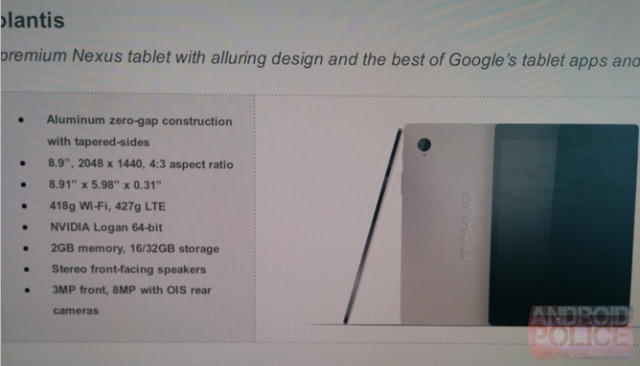You know the world doesn't spin around 3D only especially in that market;
Sorry, I must've read this forum's name wrong.
Wait.. nop, I didn't.
Besides it was just a case example; no IHV would be as idiotic to develop such a GPU as wide to clock it at just 150MHz under 28HPm. Likelier case would be a fraction of the 192SPs the GK20A right now has with an =/>700MHz frequency, which of course doesn't change a bit the above.
Was it an idiotic example? Yes.
Who gave that example? You.
My only point was that you were exaggerating too much with the comparisons. TK1 isn't
that much faster than the newer Exynos SoCs (not an 10x order of magnitude like you suggested) and both can find a place in the market.
Melodramatic? How about you give me a viable persentage of how many smartphones with Exynos Samsung actually sells in total and how many with Qualcomm's SoCs. They're not using less S8xx SoCs lately but increasingly more and it sure must be because of their engineering marvels no one wants to have not even Samsung mobile.
I don't know and you don't know either. What I do know is that the Exynos versions actually offer borderline identical daily usage experiences and SoCs vary according to regions (mostly Asian countries without LTE). Do they move more snapdragon than exynos units? Much more? A little more? Do you have any idea on the proportions?
Plus,
we might all be in for a surprise looking at how the next Exynos compares to S805.
There's a comment from JohnH here in the forum about it and him as an experienced hw engineer I trust more than you, for reasons I hopefully don't have to explain.
I'm well aware of that discussion since
I was the one who brought it up in that thread.
JohnH's position is that "it
could be that the tesselation increases geometry input".
Regardless, I don't know if he was mentioning the adaptive tesselation that can be done in modern hardware or X360's/R600's fixed function units.
What I gathered from his discussion with sebbi, it's more of a question of developers learning how to use efficiently.
I'll stick to the opinion of all major IHVs, which is
the opposite.
Besides that I mentioned die area for the tessellation unit alone, which obviously flew completely over your head.
As stated by more than one very well-educated person in this forum, this concern about the tesselation hardware occupying "too much area" seems to be yours alone.
Good for them. For windows I'll personally take a real windows machine with a proper desktop GPU (even low end) instead. The S805 doesn't sound like a solution I'd want for such a case.
From what I could tell, Microsoft wants to erase/blur the line between ARM and x86 experiences, so a Snapdragon device could very well become a "real windows machine".
And what exactly did they achieve in the mobile phone market by having "something that no else has"? Almost nothing.
nVidia won the designs for the Xiaomi Mipad and
Nexus 9. These two together will probably take a very large chunk of the Android tablet market.
Next-gen Asus Transformer and Toshiba models are most probably a given, too (three generations of Tegra in a row so far).
Almost nothing sounds like quite an understatement.

